India still miles away from sustainable sand mining, voices from Thottappally, other coasts need to be heard

Mail This Article
Recent reports released by South Asia Network on Dams, Rivers, and People indicate that more than 190 people were killed in India in two years due to the activities associated with illegal sand mining. Illegal sand mining and its consequences are ignored or underrated in India despite guidelines and litigations. Everything looks good on paper, but when it comes to practical implementations, nothing goes right.
The latest among them is the 2020 guidelines released by the Indian government to monitor illegal sand mining and to promote sustainable mining activities. But the recent protest in Thottapally, a small coastal village in the Alappuzha district of Kerala, makes it clear that we are miles away from sustainable sand mining.
Protest at Thottappally
Sand mining in Thottappally was initiated with the construction of the fishing harbour on the coast. Initially sand was removed to make channels for the safe harbouring of fishing boats. But later on people noticed that large amount of sand being extracted from the shore. But what made them panic was that the sand stripped off was transferred to the Kerala Minerals and Metals Limited (KMML) and the Indian Rare Earths Limited (IREL), both these public sector companies are engaged in the extraction of minerals. This strengthened the conviction of residents that what is happening at the coast is not sand dredging associated with the construction of harbour but looting of black soil.
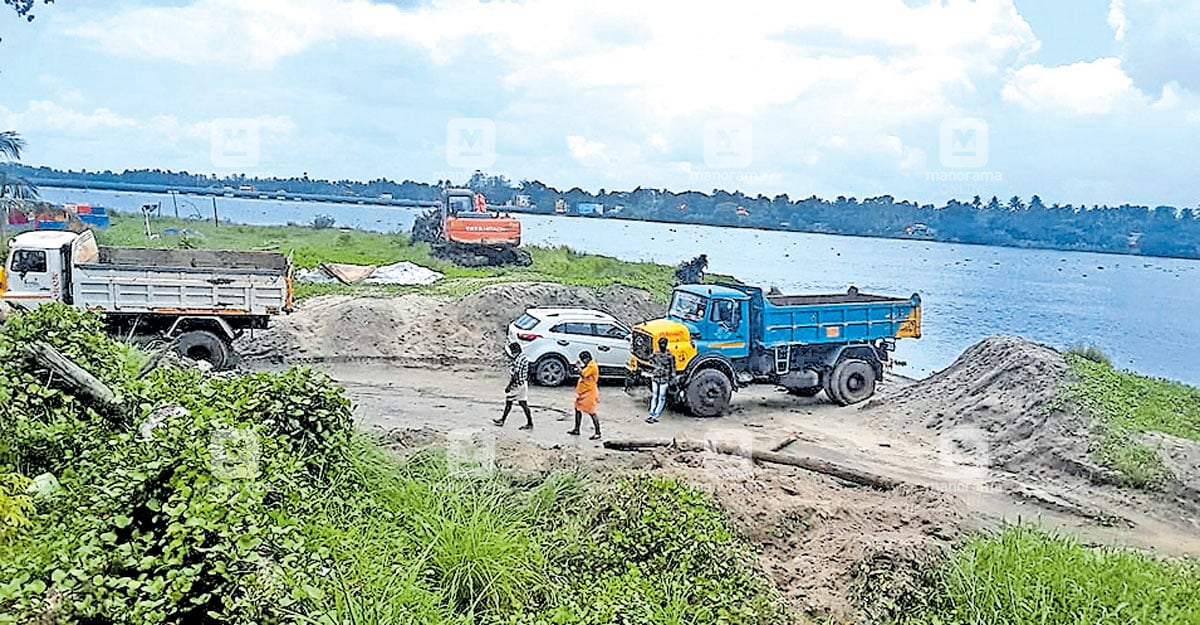
Huge resistance from the residents followed. In 2004 a massive protest was organised involving prominent activists, political leaders and local people including women and children. This was supported by prominent leaders from both the United Democratic Front and the Left Democratic Front. The protest was a success and put an end to black soil extraction from the shore.
But in 2018 the government restarted sand mining on the coast after the disastrous flood in the State. And this time, as per the officials, sand was moved from the coast to ensure free flow of water from Kuttanad so as to prevent flooding. The irrigation department was directed to break the sandbar on the coast and to sell the stripped off sand to the same old companies, i.e., KMML and IREL. This threatened the life and land of the people and they had no other option but to protest and in February 2019, residents started a hunger strike to resist the move.
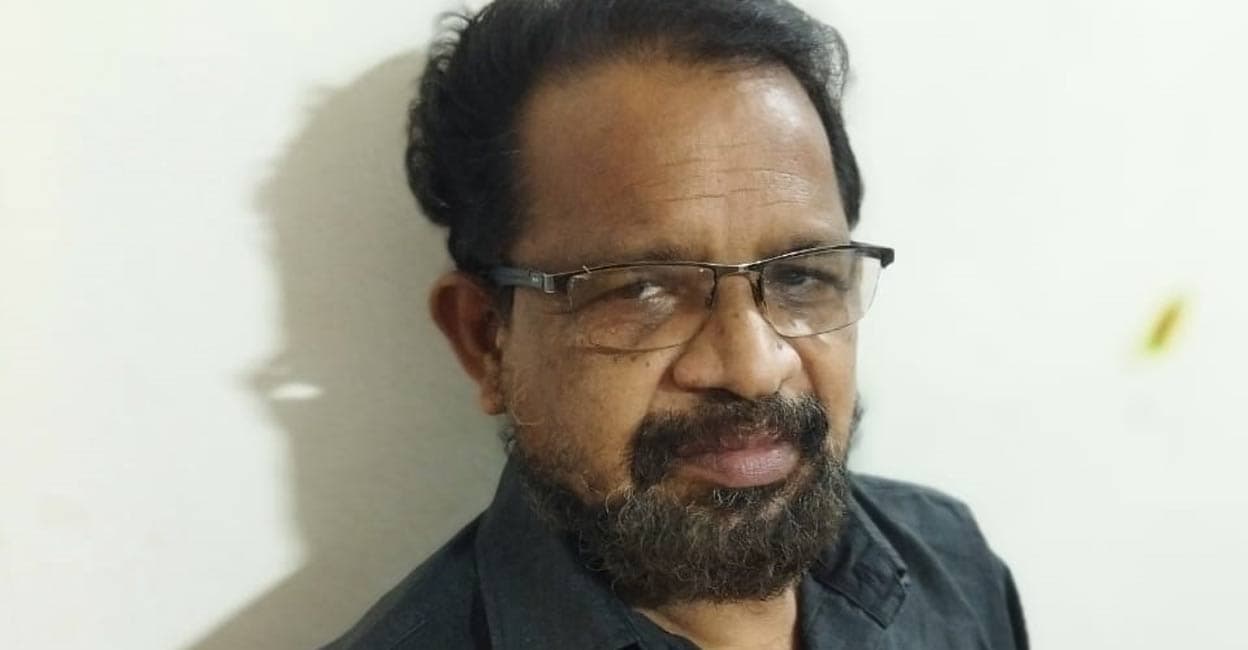
"Authorities including Revenue officials and police are turning their faces away from us, nobody is asking us why we are protesting and what are our worries. Sand is being mined from here saying it is for the safety of Kuttanad, but this will only lead to more destruction. Kuttanad is a place below the sea level and breaking of the sandbar in this manner will only lead to saline water intrusion into Kuttanad," says Bhadran, Vice-Chairman, Thottappally Protest Committee.
Usually a sandbar is considered as a safety valve; it has to be broken naturally to balance the water level. And at times this may not happen and sand will we be removed manually to ensure the free flow of water and the safety of shore. But in Thottappally the sandbar is being removed using huge machinery and the method used is single-spot dredging, which will destabilise the already fragile ecosystem.
"This a very fragile coastline, digging sand from here will lead to huge destruction as happened in nearby Alappad. Each shore has a coastal morphology, and the particles with which a coast is formed will have a specific gravity. Hence the mineral sand deposited over here is the essential for the protection of this shore. And removal of mineral rich black soil is threat to the entire coastal region," adds Bhadran.
Thottappally comes under the Coastal Regulation Zone and has to be protected from all sorts of disturbances. But the mechanised and unscientific dredging will result in great environmental crisis. This will reduce the oxygen amount in water which will impact the growth of green planktons which is food for marine organisms and thus reduces the coastal resources available here including the fish, claim the residents.
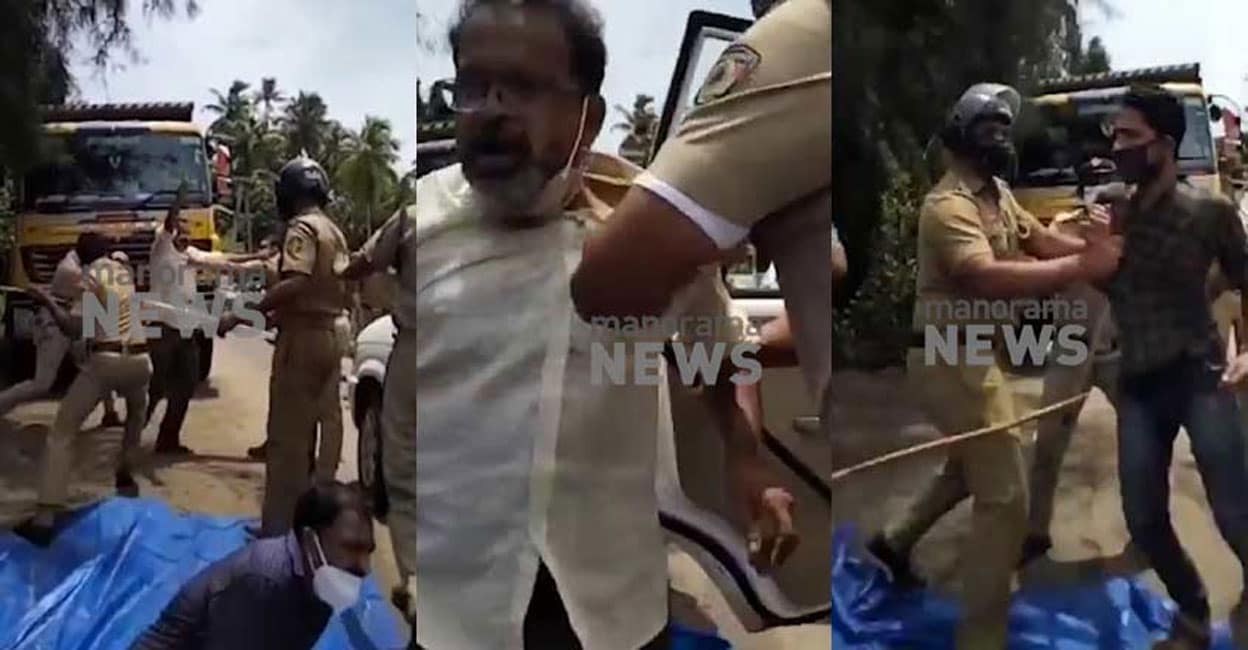
In June 2021, residents blocked trucks carrying sand which led to a fight and huge protest. But protest was suppressed by police.
Similar protest was staged by residents of Alappad in Kollam district earlier.
Unscientific sand mining from rivers including the Bharathapuzha, the Periyar and others has caused huge environmental issues in Kerala. The floods of 2018 and 2019 in the State are perfect examples of this.
India and sand mining
Same is the condition of coastline and riverine ecosystem in other parts of India. From Meghalaya to Gujarat and from Ganga to Cauvery, sand mining has emerged as a pan-India problem.
Sand mining in India is mostly associated with construction activities. As per the sand mining framework, in 2018 annually India needs 70 million tonnes of sand and each year the demand increases up to 7%. And this huge demand made the sand a high-value commodity. This led to the emergence of sand mafias who illegally mine sand and sell it for high profits. And most often these unauthorised removals of sand will be unscientific too. This will create a huge threat to the environment.
The recent IPCC report is considered as a code red for humanity, and the report suggest that about 12 Indian cities including Mumbai, Cochin, Kolkata are facing the threat of sea level rise.
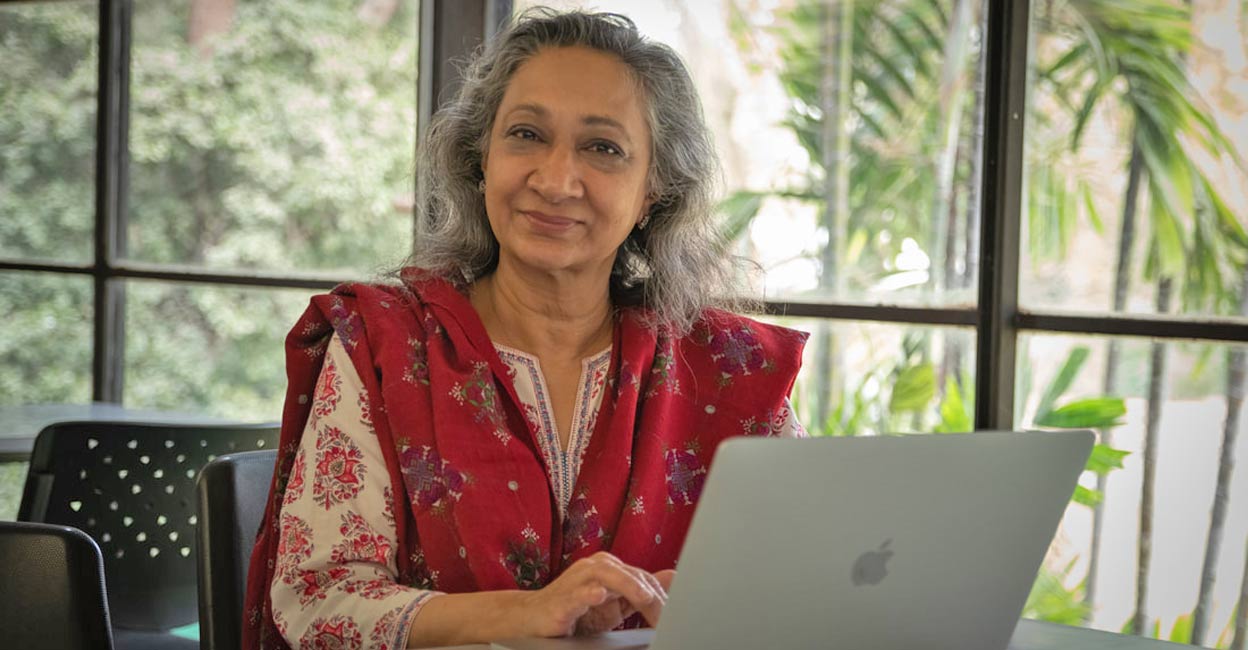
"Along with climate change, sand mining has contributed much to the rising of sea level. Sand is a natural barrier and removing it will definitely accelerate the shore washing," says Mumbai-based environmentalist Sumaira Abdulali, founder of Awaaz, an NGO working on environment, particularly noise pollution and sand mining.
Major global issue too
World Wide Fund for Nature (WWF) studies warn that sand mining is responsible for a 90 per cent of drop in sediment levels in major Asian rivers, including the Ganges, Brahmaputra, Meghna, Mekong and Yangtze. This has resulted in the shrinking of the delta regions of these rivers, leaving local people extremely vulnerable to floods, land loss, contaminated drinking water and crop damage.
The saddest part of sand mining in India is that even after so much of protest and struggle, people who are concerned over the issue are few. Most of us do not know that we are destroying one home to create another home. And the alarming truth is that we are heading towards a greater environmental crisis and we do not have enough time.
Environmental impacts
Sand mining is considered one of the major causes of environmental issues faced by the coastal regions in India. Excessive sand mining destroys the river beds, forcing the river to change its course, erode the banks and leads to flooding. Sand mining causes huge destruction to the coastal ecology as well and also affects the aquatic habitat.
'Sand mining also destroys the nesting sites and habitats of amphibians like turtles and crocodiles. Thus, sand mining causes many ecological changes which can lead to destruction of a number riparian habitats and species loss,' reports the Indian River Forum.
But a matter of concern is that, unlike water pollution or air pollution, sand mining has never got attention from authorities or rather is ignored by the officials. Whoever raises their voice against illegal sand mining suffers. And in India it is a known fact that even government authorities are supporting sand mining.
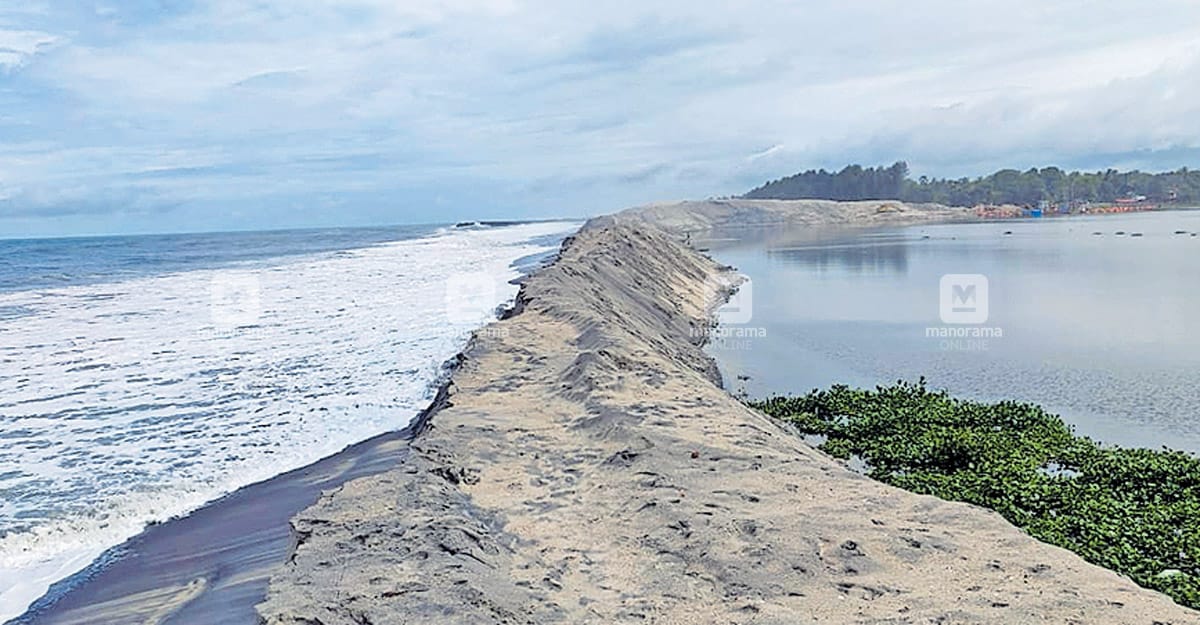
Existing rules and regulations
Sand is a minor mineral and in India it comes under State regulation. According to Mines and Minerals (Development and Regulation) Act, 1957, each State should have specific policies to control sand mining. Though rules and litigations exist, sand mining was not considered as a threat to life and land and it continued without any objection.
Until recently the issue of sand mining was largely neglected. It slowly gained attention with the constant actions of activists and organisations like Awaaz. In 2016 the Union Ministry of Environment, Forest and Climate Change released the Sustainable Sand and Gravel Mining Guidelines. These guidelines were modified in 2020 on realising that the previous ones did not fulfil the objectives.
But still these modifications and alterations are good on paper and when it comes to practical implementations nothing goes right.
"These guidelines exist as guidelines itself. Sand mining continues as it did before in most parts of country. In fact, it has intensified as construction has intensified in many parts of the country. The main reasons for this can be incompetence, lack of interest and awareness about the issue. What we need are proper legislations and better implementation," says Sumaira Abdulali.

